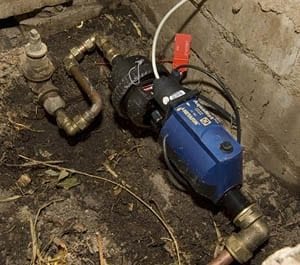The City of Cape Town will be installing water management devices on the properties of all excessive water users, irrespective of the reason for the high usage.
The city has identified more than 50 000 excessive usage properties across the metro and it is looking to install approximately 2 000 water management devices per week as part of its efforts to drive down water consumption.
According to the City’s Mayoral Committee Member for Informal Settlements, Water and waste Services; and Energy, Xanthea Limberg, the City will start at the highest users and move downwards according to consumption records for those properties. High users are regarded as those generally using more than 20 000 litres per month.
“Where excessive usage cannot be justified, water management devices are already being installed,” Limberg says.
She adds: “Existing excessive users have been engaged with already and new identified excessive users will receive warning letters as has been the practice. All devices installed on high user connections will be set at 350 litres per day.”








